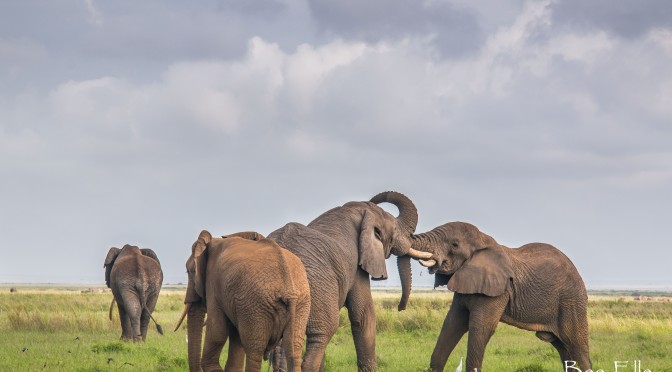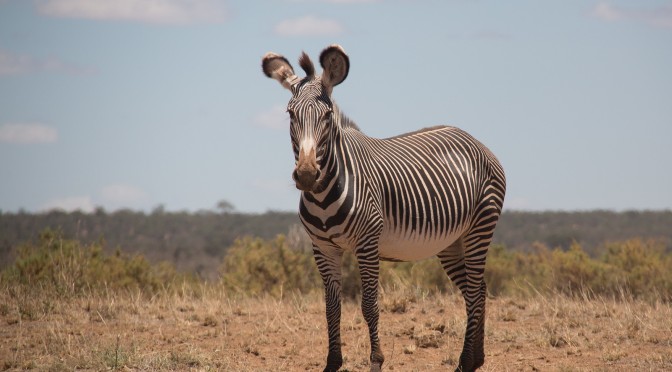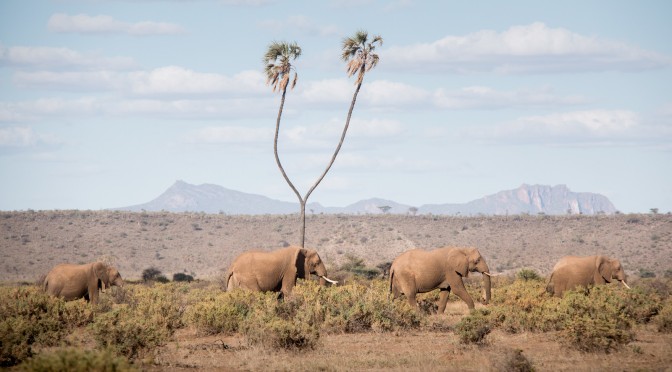A nonchalant vervet monkey peers down from his throne on a branch.
They have different alarm calls for different predators- including for humans too, I’m sure, that they use sometimes when I walk beneath them in forests. Although it is a sound for alert and caution, I find them remarkably peaceful as they echo and reverberate through the treetops, cutting through air.
In an experiment with species in the wild, researchers found that monkeys would change what kind of food they selected when in a new area based on what they saw others eat, even if the food they were used to eating was readily available. This high-level use of social cues and adaptability gives clues on how these species survived and evolved over time.
They usually hang out in trees in troops of about 5-50 other friends and family, but will come down to the ground to look for food, or to steal food from cars, picnic baskets, restaurant tabletops- anything. Their highly playful nature is entertaining to watch, however, not everyone sees them this way. Many locals have found them a recurring nuisance as they’ve been known to raid crops. The issue is addressed by trapping, poisoning or shooting them.
They may be common, and sometimes a nuisance, but they are as much a part of the African landscape as all the other creatures, and it is essential we find ways to live harmoniously with wildlife. From monkeys, to rabbits, to lions and elephants- because all lives matter.
Visit my website or follow me on Instagram or Google+











